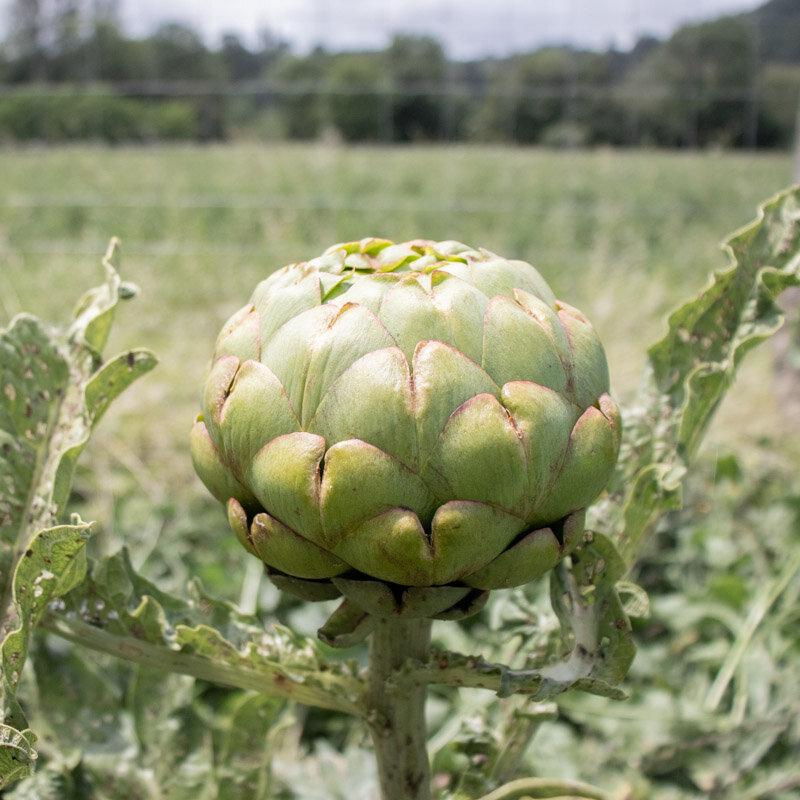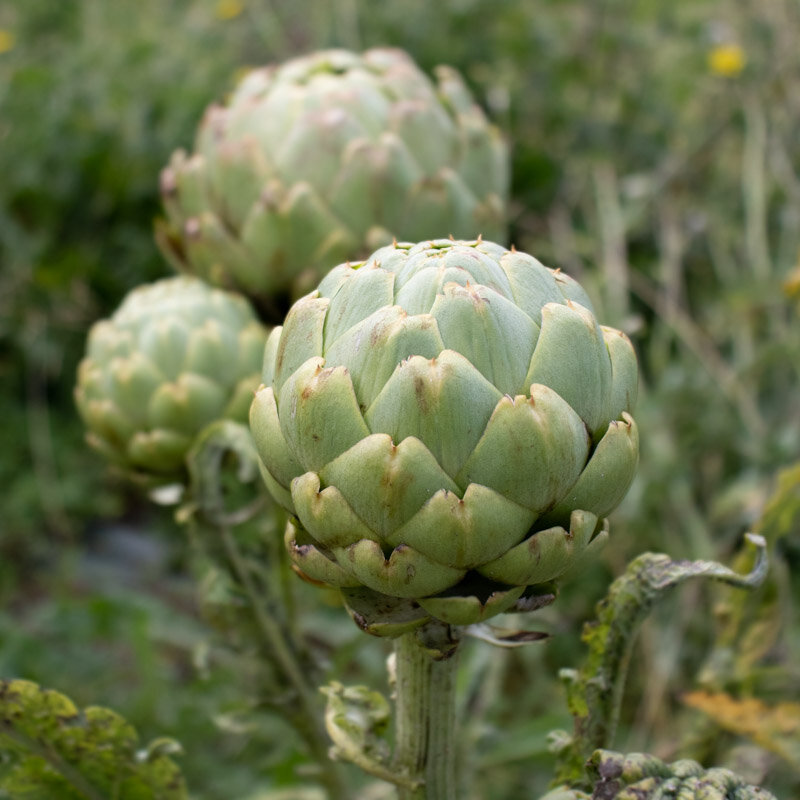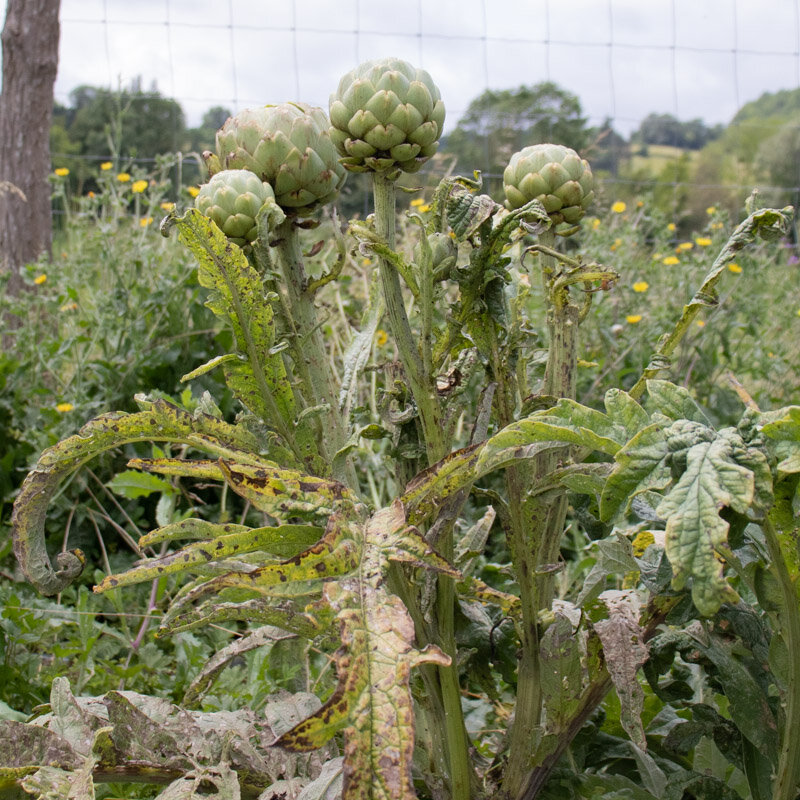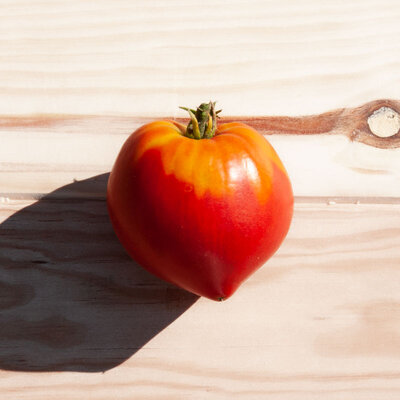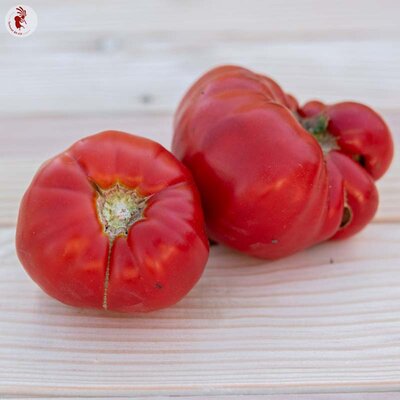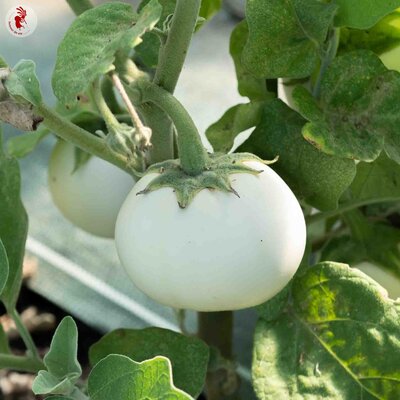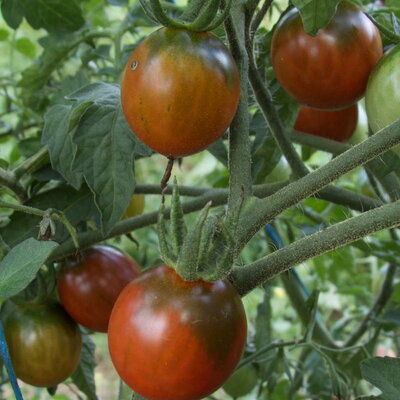Imperial Star - Artichoke
This variety of leafy vegetable produces 7 to 8 heads 10 to 15 cm in diameter. Green with purple tints, they offer fine flesh and excellent flavor.
Imperial Star artichokes are vigorous growers.
What are the characteristics of the Imperial Star artichoke?
The Imperial Star artichoke, Cynara scolymus, is a mid-season variety from Italy. This plant has 7 to 8 round, greenish-purple heads weighing up to 400 g and 15 cm in diameter. Their soft, tender flesh can be eaten raw or cooked. The flowers attract pollinating insects.
When to sow Imperial Star artichoke seeds?
Sow this variety of leafy vegetable in pots or trays, under light cover or trays, from February to April or September to October. It thrives in rich, well-drained, humus-rich soil and sunny exposure. Artichokes are harvested between April and October.
- Sow artichokes in potting soil, in bunches of 2 to 3 seeds;
- When the artichokes have 2 leaves, transplant the best plants into full sunlight, spaced 1 m apart in all directions. Do not bury the artichoke crowns to prevent rotting.
You can also sow the seeds directly in the garden, 1 m apart in all directions. Caution: protect artichoke plants in winter, as they are sensitive to temperatures below -5°C. Before the first frosts, cut back the foliage and protect the plants with a good mulch.
What are the effects of artichokes?
Artichokes are known for their diuretic and antioxidant properties. The leaves, which contain cynarin, protect the liver and gall bladder. This low-calorie food is a source of fiber and vitamins, particularly B9.
These fragile plants should be eaten soon after harvesting. Their leaves can be enjoyed hot or cold, often presented with a vinaigrette or aioli sauce. Artichoke bottoms are served stuffed or steamed, but the plant can also be eaten raw, when the heads are young and tender.
These products may also be of interest to you
in bucket
Sow in pots under light cover, in bunches of 2 to 3 seeds. Transplant the best plant at the 2-leaf stage, about 2 months later, 1 m apart in all directions.
It takes 8 to 10 weeks from sowing to planting.
February, March, April, September, October, November
May, June
May, June, July, August, September
in the ground
sunny
medium
humus
fees, rich
Cynara scolymus
early
From 200 to 400 g
20 seeds
tender
Light green, Violet
From 100 to 150 cm
From 10 to 15 cm
Italy
According to recent data from the U.S. Department of Agriculture (2010), the antioxidant activity of artichokes, as measured by the ORACN 1 test, is excellent. It has a hepatoprotective, choleretic and cardiovascular protective action.



